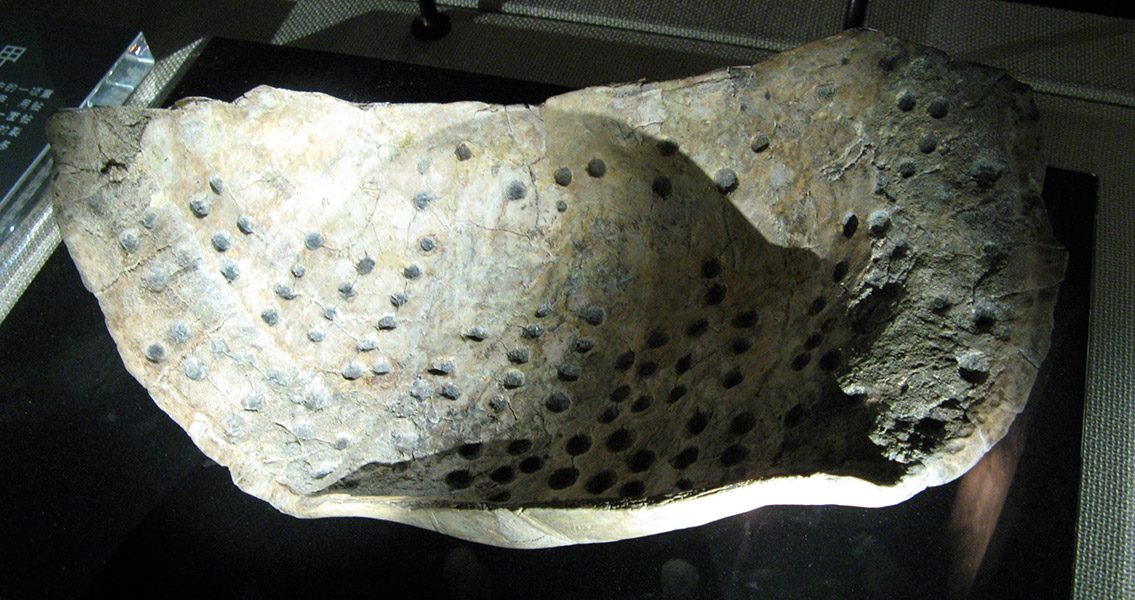<![CDATA[A high-resolution version of a 3,000 year old ox bone covered with ancient Chinese script has been both scanned and printed in 3D, providing a safe way to examine the artifact. Such documents are known as “oracle bones,” and were one of the most common ways that the ancient Chinese would record their written language. These documents date to between 1339 BCE and 1112 BCE, are usually adorned on the shoulder bones of oxen or the undersides of turtle shells, and keep a record of the questions posed to the oracles of the royal court of the Shang dynasty. The inscriptions on these oracle bones are highly revelatory about the vicissitudes of life in north central China under the Shang, recording information as to astronomical events such as lunar eclipses and meteorological observations, as well as details about hunting, agriculture, social and medical sciences, and warfare as well. However, with these artifacts so exceedingly ancient – and with the information recorded on them so important to understanding one of the world’s oldest civilizations – the need to preserve these oracle bones is high. It can be a tricky thing to handle a 3,000 year old bone safely and carefully while trying to decipher the message incised into its surface three millennia ago – which is why the Cambridge University Library (CUL) has been seeking ways to preserve and digitize its collection of 614 oracle bones. A few of these bones have already been incorporated into the Cambridge Digital Library, according to the head of the CUL’s Chinese Department, Charles Aylmer. In a press release, Aylmer remarked that new 3D scanning and printing technologies have been able to provide those interested in these oracle bones an even closer look from anywhere in the world. In fact, the new digital imaging technology used on the oracle bone, pioneered by Professor Dominic Powlesland, has an incredibly high resolution. More than 1.3 million digital aspects were combined in order to provide viewers an uninterrupted view of the surface of the 9 x 14 centimeter artifact. In fact, the surface details on the bone, which include the carefully engraved questions as well as the incised divination pits and evidence of the bone being scorched by fire in order to create cracks that would then be interpreted by royal diviners, are even more visible than they are when handling the original artifact. Additionally, there is no danger of damaging the oracle bone while examining it using a digital reconstruction. The high-resolution images also make it possible for a 3D-printed replica of the bone to be created as well. A print of the scanned oracle bone has been made already at the Cambridge Biomedical Campus’ Addenbrooke’s Hospital, likely to be the first of its kind anywhere. The medical-grade 3D printer, routinely used to plan orthopedic and maxillofacial surgery, turned out to be an excellent fit for reproducing an oracle bone, and hopes are high that additional images of oracle bones will be able to be reproduced in this way. Those interested in examining the digital version of the oracle bone can visit Sketchfab here]]>
Ancient Chinese “Oracle Bone” Printed in Hi-Res 3D
